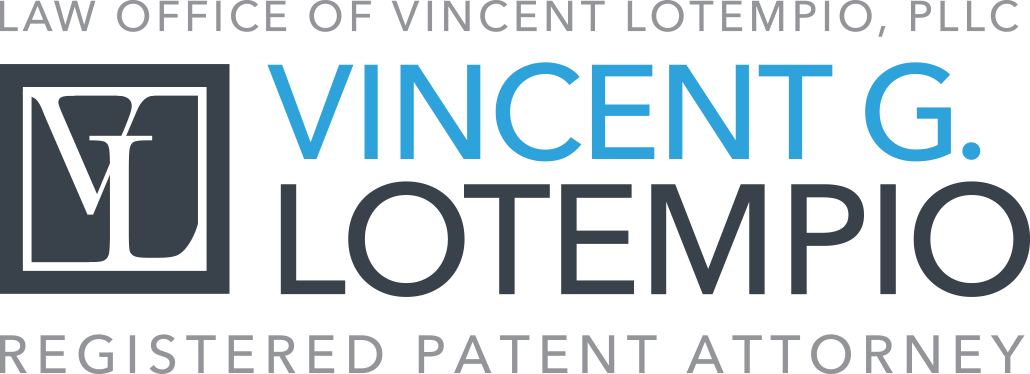- Passing Off
- Petition To Revive An Application
- Principal Register
- Priority Action
- Proof of Use
- Propriety Name
- Publication
- Principal Register
Passing Off:
When a trade or service mark is not registrable it may still be entitled to certain protection, i.e. a passing-off action. Passing off is available where there is a prospect of confusion of identity through the unauthorized use of similar marks or get up, and such use damages, or is likely to damage the goodwill and reputation of a business. Unregistered marks and passing off can apply to virtually any name, mark, logo up which distinguishes a company, business, product or service.
Petition To Revive An Application:
A formal request for the USPTO to return an abandoned application to active status. These petitions are handled by the Office of the Commissioner for Trademarks, and must be received in the USPTO within two (2) months from the issue date of the notice of abandonment. The standard used for deciding a petition to revive is unintentional delay, that is, whether the applicant’s delay in responding to an Office action or Notice of Allowance was unintentional. There is currently no form for filing a petition to revive.
Principal Register:
Primary trademark register of the USPTO. When a mark has been registered on the Principal Register, the mark is entitled to all the rights provided by the Trademark Act. The advantages of owning a registration on the Principal Register include the following:
- Constructive notice to the public of the registrant’s claim of ownership of the mark (15 U.S.C. Section 1072);
- A legal presumption of the registrant’s ownership of the mark and the registrant’s exclusive right to use the mark nationwide on or in connection with the goods and/or services listed in the registration (15 U.S.C. Sections 1057(b) and 1115(a);
- A date of constructive use of the mark as of the filing date of the application (15 U.S.C. Section 1057(c); TMEP Section 201.02);
- The ability to bring an action concerning the mark in federal court (15 U.S.C. Section 1121);
- The ability to file the U.S. registration with the U.S. Customs Service to prevent importation of infringing foreign goods (15 U.S.C. Section 1124);
- The registrant’s exclusive right to use a mark in commerce on or in connection with the goods or services covered by the registration can become “incontestable,” subject to certain statutory defenses (15 U.S.C. Sections 1065 and 1115(b)); and
- The use of the U.S. registration as a basis to obtain registration in foreign countries.
Priority Action:
A letter in which an examining attorney sets forth specific requirements that the applicant must meet before an application can be approved for publication. An examining attorney will issue a priority action after consulting with an applicant or the applicant’s attorney. Unlike an examiner’s amendment, the priority action does not confirm resolution of the issues; instead, it explains the requirements still outstanding. The applicant must respond to a priority action within 6 months from the date the priority action is mailed. If the applicant fails to do so, the application will be abandoned. Please note that examining attorneys have no discretion to extend the time for filing a response to an Office action. The benefit of a priority action is that, if the applicant responds within 2 months, the application will be given priority in processing the response.
Proof of Use:
“Proof of use” means providing evidence of use of a trademark in connection with the claimed goods or services in a form acceptable to the U.S. Patent and Trademark Office. Proof of use is provided as part of the application if a use-based application is filed. Proof of use is required in connection with the Affidavit of Use or Amendment to Allege Use required for intent to use applications. Proof of use is also required in connection with Section 8 Declarations and for trademark renewals. For new applications, three proofs are required per class, which can be the same or different. For Section 8 Declarations and renewals, only a single proof of use per class is required. The proof should show the mark on the goods or packaging. For service marks, proofs can be photographs of signage, newspaper ads, billboard signs, radio and television ads, etc.
Propriety Name:
Name that is a trademark.
Publication:
If the examining attorney raises no objections to registration, or if the applicant overcomes all objections, the examining attorney will approve the mark for publication in the Official Gazette. The USPTO will send a Notice of Publication to the applicant stating the date of publication. Any party who believes it may be damaged by registration of the mark has thirty (30) days from the publication date to file either an opposition to registration or a request to extend the time to oppose. If no opposition is filed or if the opposition is unsuccessful, the application enters the next stage of the registration process. A Certificate of Registration will issue for applications based on use, or on a foreign registration under §44, or a Notice of Allowance will issue for intent-to-use applications. Once an application filed on the Principal Register has been found to be allowable by the Examiner, it goes to publication. Each week anOfficial Gazette is published which contains drawings of trademark approved for publication. If someone wants to oppose issuance of a mark, there is a thirty-day time window. Upon motion, this can be increased in increments of thirty days for 120 days from publication.
Principal Register:
When applications are filed on the Principal Register, there is automatic statutory notice. This precludes anyone from adopting and using the mark in good faith. Also, marks on the Principal Register can become incontestable after five years of continuous use. When a registration becomes incontestable, it cannot be attacked based on prior use or descriptiveness. Finally, marks on the Principal Register are presumed to be valid.
